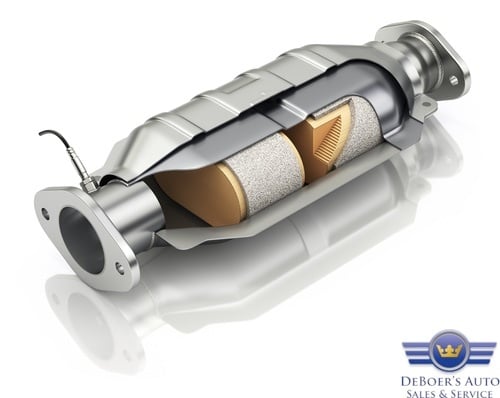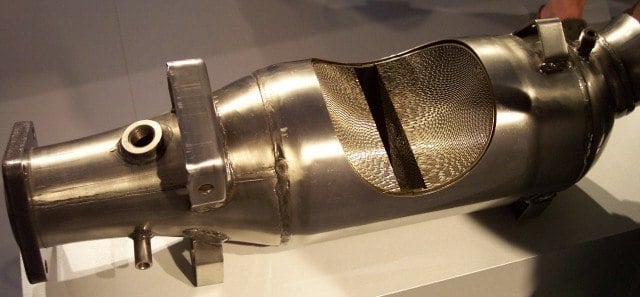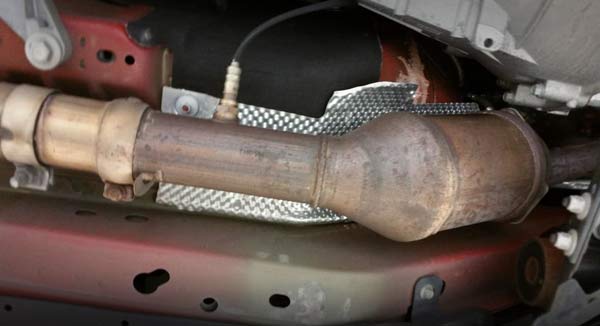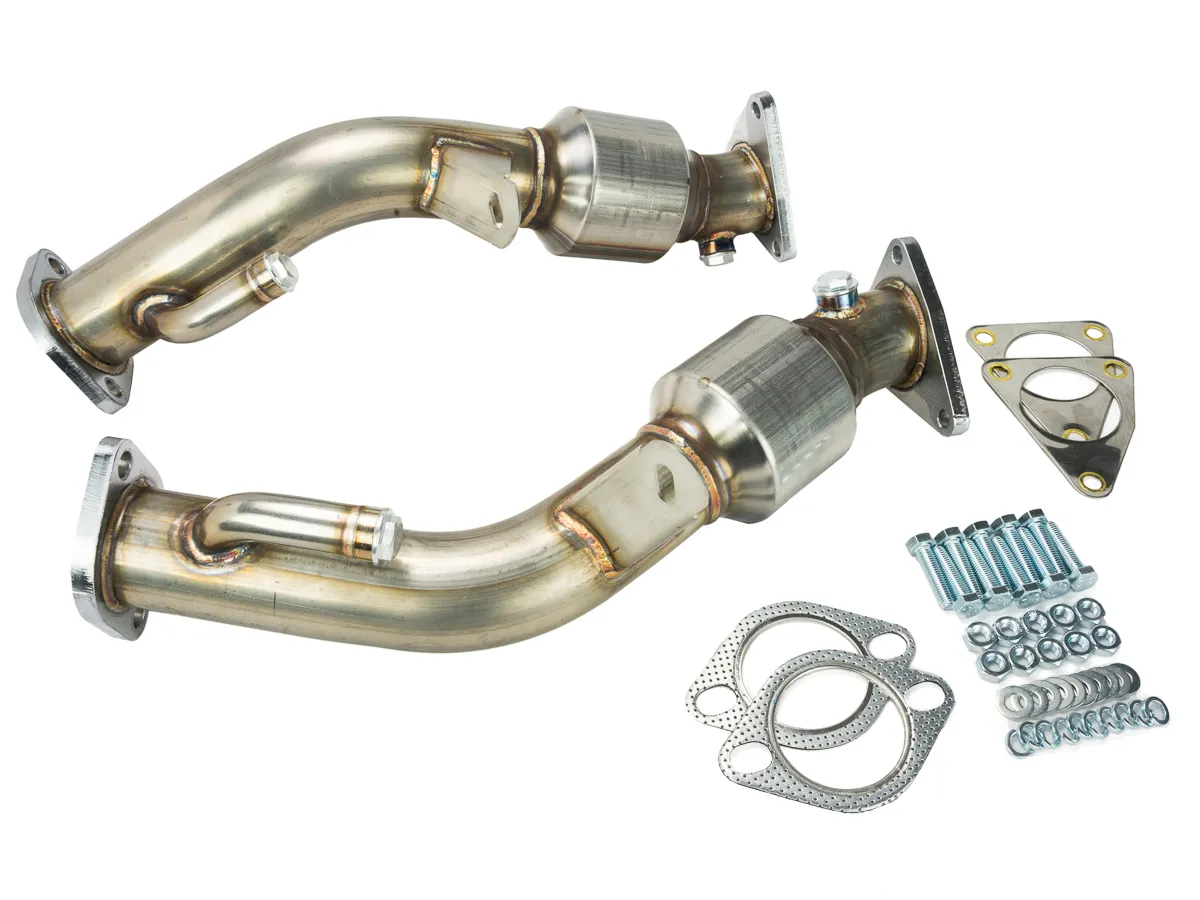Titanium Or Ceramic Cadillac Converters

There are many passages for the exhaust gases to flow to allow for the maximum amount of surface area for the hot gases to pass.
Titanium or ceramic cadillac converters. The catalyst support or substrate for automotive catalytic converters the core is usually a ceramic monolith that has a honeycomb structure commonly square not hexagonal. The catalytic converter consists of many components. This is partially a cost issue. Our universal ceramic catalytic converters fit into a vehicle based on size oal mantle od etc shape and engine displacement 3 8l 5 9l 6 2l etc.
A universal converter which does not typically have inlet outlet extension pipes may be used in hundreds of vehicle applications and can be welded onto an exhaust system when the existing. A chemical reaction takes place to make the pollutants less harmful. Prior to the mid 1980s the catalyst material was deposited on a packed bed of alumina pellets in early gm applications metallic foil monoliths made of kanthal. These catalytic converters are not for use on vehicles registered in california as a result of california vehicle code sec.
The catalyst core or substrate varies according to the vehicle. For example when these devices are used in automotives the core is usually a ceramic monolith with a honeycomb structure. An overly rich air fuel ratio i e. Metallic foil monoliths made of fecral are used in some applications.
The catalytic converter s construction is as follows. The catalytic converter is made up of several materials. 11 5 1 or lower or operating temperatures exceeding 1200 degrees can cause premature catalytic converter failure voiding the warranty. When manufactured in large quantities ceramic cores can be inexpensive.



















